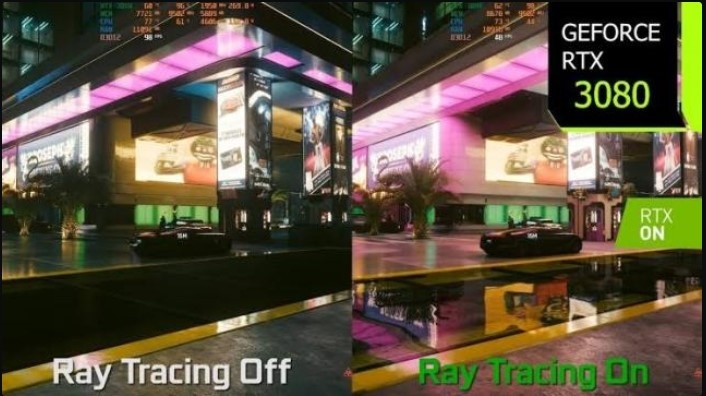Have you guys at Tom's Hardware ever thought of doing a review of the 7000's and 4000's a few months later after launch. Basically, the review would show the driver fixes and performance improvements.
Well, some reviewers might do that. But, come on, sorry, if you put a product on the market it should perform they way it will perform in 6 months. Sure, there is always little improvements to be done optimization within drivers (even with Nvidia games), but if your product needs to age "like good wind" its clearly not ready to be released. They whole notion of "it might be better in the future" is BS, because it only shows that they were not ready and released it way too early. Look for example at the Guardians of the Galaxy performance (not that this is a game I play, but some do). Clearly nobody at AMD bothered to epitomize any drivers for that....
And Nvidia is not sleeping neither. They already working on increasing performance as well. Unreal Engine 5 raytracing with Nvidia is going to be the bomb....



